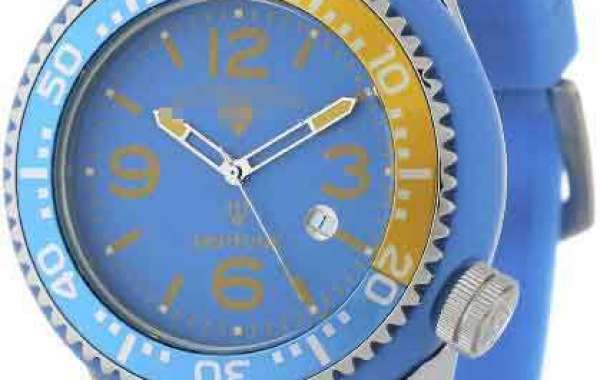Changing your hairstyle can be exciting, but transitioning between different bang styles requires thought and planning. Whether you’re going from blunt bangs to curtain bangs or experimenting with side-swept bangs, each switch has its challenges. To ensure you love your new look and avoid regrets, this guide will walk you through practical tips for transitioning smoothly between types of bangs.
1. Start with a Plan
Before making a drastic change, decide which new bang style you want. Each of the types of bangs—blunt, curtain, side-swept, or wispy—creates a different vibe, so choosing the right one is essential. Consider:
Face Shape: Certain bang styles flatter specific face shapes (e.g., curtain bangs suit oval faces).
Hair Texture: Some bangs work better with straight hair, while others complement curly textures.
Lifestyle: A low-maintenance style like wispy bangs might be better if you prefer less styling.
It’s a good idea to discuss the transition with a hairstylist to set realistic expectations based on your hair type and goals.
2. Grow Them Out with Patience
If you’re moving from a shorter bang style, like blunt bangs, to longer curtain or side-swept bangs, patience is key. Use these tips during the growing-out phase:
Clip and Style Creatively: Use bobby pins, headbands, or small clips to keep bangs off your face as they grow.
Trim Strategically: Instead of skipping trims, ask your stylist for soft, gradual shaping to blend the bangs into the rest of your hair.
Switch Partings: Try middle or side partings to disguise uneven lengths during the transition.
Maintaining patience ensures that the change feels manageable, and your bangs will look polished even mid-transition.
3. Use Heat Tools and Styling Products Wisely
When transitioning between types of bangs, styling becomes your best friend. The right tools and products can help you create a temporary version of the new style while your hair grows or adjusts.
Flat Irons: Use them to shape blunt bangs into curtain-style waves.
Round Brushes: Perfect for transitioning into side-swept bangs by adding volume and direction.
Texturizing Sprays: Help create wispy, relaxed bangs if you’re easing out of thicker blunt bangs.
Just be careful with heat tools—overusing them can cause damage, especially if you're experimenting frequently.
4. Know When to Trim
Regular trims are essential when changing types of bangs. This might seem counterintuitive, but strategic trimming prevents awkward lengths and helps maintain shape. If you're transitioning from curtain bangs to a shorter style, gradual trims will make the change feel more seamless.
If you’re unsure how much to cut, err on the side of caution. You can always trim more, but it’s harder to grow them back!
5. Stay Flexible
Your hair may not always behave the way you want during a bang transition, but flexibility helps reduce frustration. Be open to minor adjustments or compromises—sometimes, an unexpected bang style may end up suiting you better than your original plan.
Conclusion
Transitioning between different types of bangs can be a fun way to change your look without major regret. The key is to plan carefully, be patient during the growing-out phase, and style your bangs creatively while in transition. Regular trims and proper product use will also ensure that your bangs look great at every stage. With the right approach, you can confidently switch between styles and discover the perfect fringe for you!
Read more: The Evolution of Bangs and Fringe in Fashion










